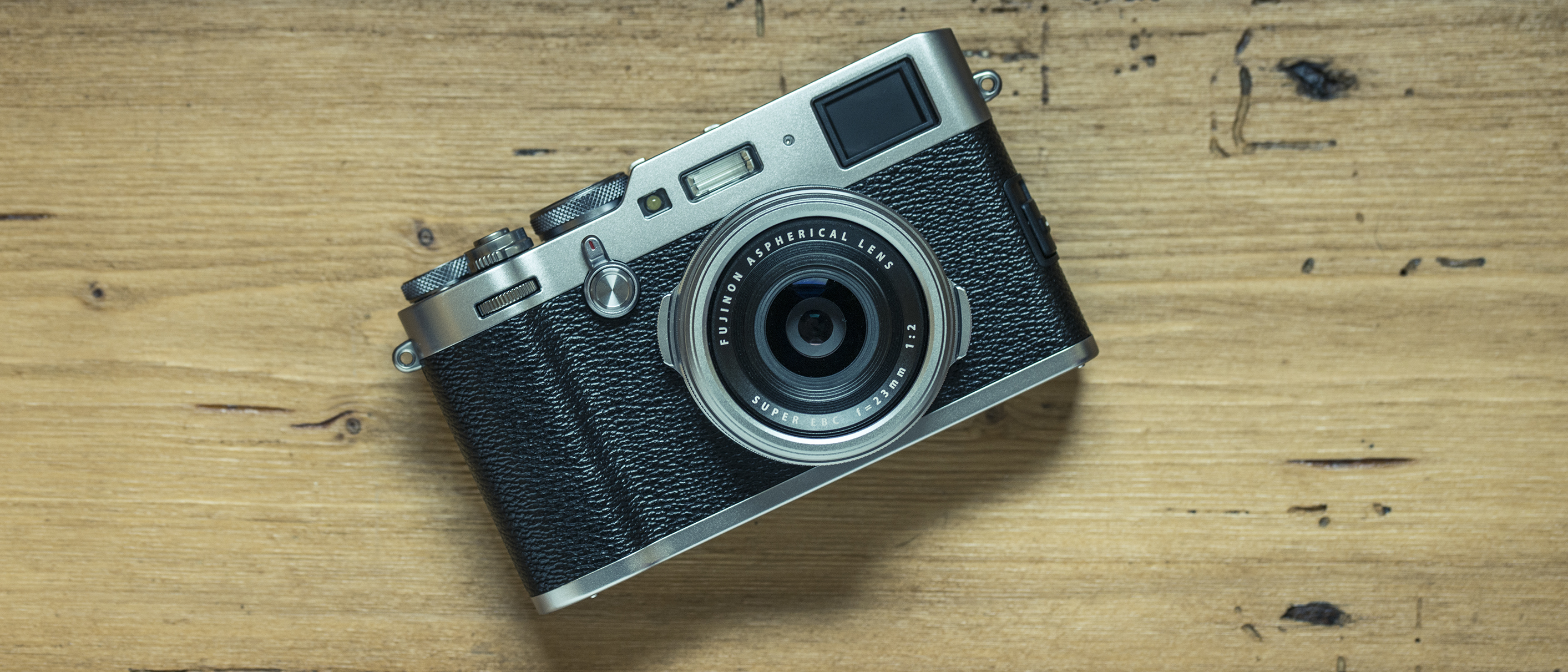Why you can trust TechRadar
Verdict
Fujifilm's philosophy of 'Kaizen', or continuous improvement, is perfectly illustrated with the Fujifilm X100F.
Since the arrival of the X100 back in 2011, the company has tweaked, refined and added new features to each iteration. All three models before the X100F had lots going for them, and while each version has improved on the preceding model, none has quite hit the heights we've been hoping for. However, with the X100F, Fujifilm has pretty much made the perfect enthusiast compact camera.
While on the face if it it may look like not much has changed, the X100F heralds the biggest set of improvements yet. Image quality is very good indeed – the camera handles noise well at high sensitivities and the broad dynamic range offers plenty of flexibility, while the Film Simulation modes deliver lovely results.
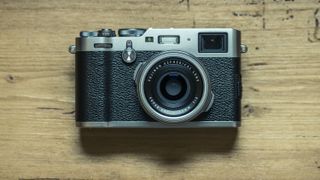
It's in the refinement of the control layout where the biggest changes have been made though, with the arrival of the front command dial and focus lever at the rear transforming the handling of the Fujifilm X100F. The ISO dial has been a little less successful, but set it to 'A' and either use the command dial to adjust ISO or simply rely on Auto ISO, and this becomes a moot point. Factor in the other tactile body-mounted controls and unique hybrid viewfinder, and the X100F is a lovely camera to go out and take pictures with.
Autofocus might not quite be the quickest out there, but it's now much more responsive than we've seen on previous models, and delivers a noticeable step up in performance.
Compared to some cameras out there, the X100F with its fixed lens is perhaps a little niche, and for many this will be a indulgent purchase to supplement an existing camera system.
The growing range of 1-inch sensor premium compacts may offer greater flexibility thanks to their zoom lenses, but they can't match the X100F's shooting experience, and can cost a good bit more – the Leica Q is almost three times the price – and that's even when you factor in the notable price hike over the X100T.
The X100F then may be a touch pricey, but there's nothing quite like it. It's an exquisite camera to look at and shoot with, and those who treat themselves to it won't be disappointed.
Competition
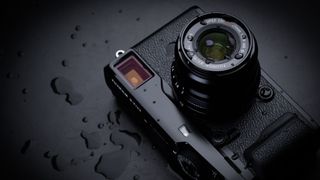
Fujifilm X-Pro2
Like the idea of the X100F, but want the option of swapping lenses? Then the X-Pro2 is for you. Featuring a similar rangefinder-style design as the X100F, it also sports the same 24MP sensor and clever hybrid viewfinder, while offering you access to Fujifilm's brilliant range of X-mount lenses.
Read the full review: Fujifilm X-Pro2
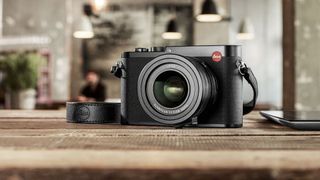
Leica Q
Leica and Sony are the only companies that make a compact camera with a full-frame sensor, and while Sony's RX1 models are great, the Leica Q (Typ 116) has won our hearts. The biggest downside to the Q is its price, and there's no getting around that. But for that huge stack of cash you get a Leica Summilux 28mm f/1.7 ASPH lens, a superb electronic viewfinder with 3,680,000 dots, a 3-inch 1,040,000-dot touchscreen, snappy autofocusing, traditional exposure controls and the ability to capture stunning images. It's a cracking camera, but a huge jump up in price from the Fujifilm X100F.
Read the full review: Leica Q
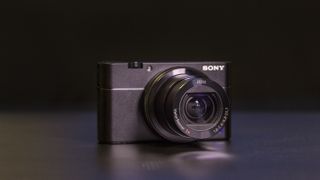
Sony RX100 V
Sony's original RX100 was a landmark camera that fused a 1-inch sensor with a compact, metal body, and the controls and image quality demanded by enthusiasts. The RX100 V goes a step further, though, with a 'stacked' sensor design for high-speed data capture. This means it can shoot 4K video, amazing 40x slow motion and 24fps in continuous burst mode. That's not forgetting the neat little built-in electronic viewfinder. It's more compact than the Fujifilm X100F and packs a decent 24-70mm f/1.8-2.8 zoom lens, but doesn't offer the tactile controls or quite the same satisfying shooting experience.
Read the full review: Sony RX100 V
Phil Hall is an experienced writer and editor having worked on some of the largest photography magazines in the UK, and now edit the photography channel of TechRadar, the UK's biggest tech website and one of the largest in the world. He has also worked on numerous commercial projects, including working with manufacturers like Nikon and Fujifilm on bespoke printed and online camera guides, as well as writing technique blogs and copy for the John Lewis Technology guide.
